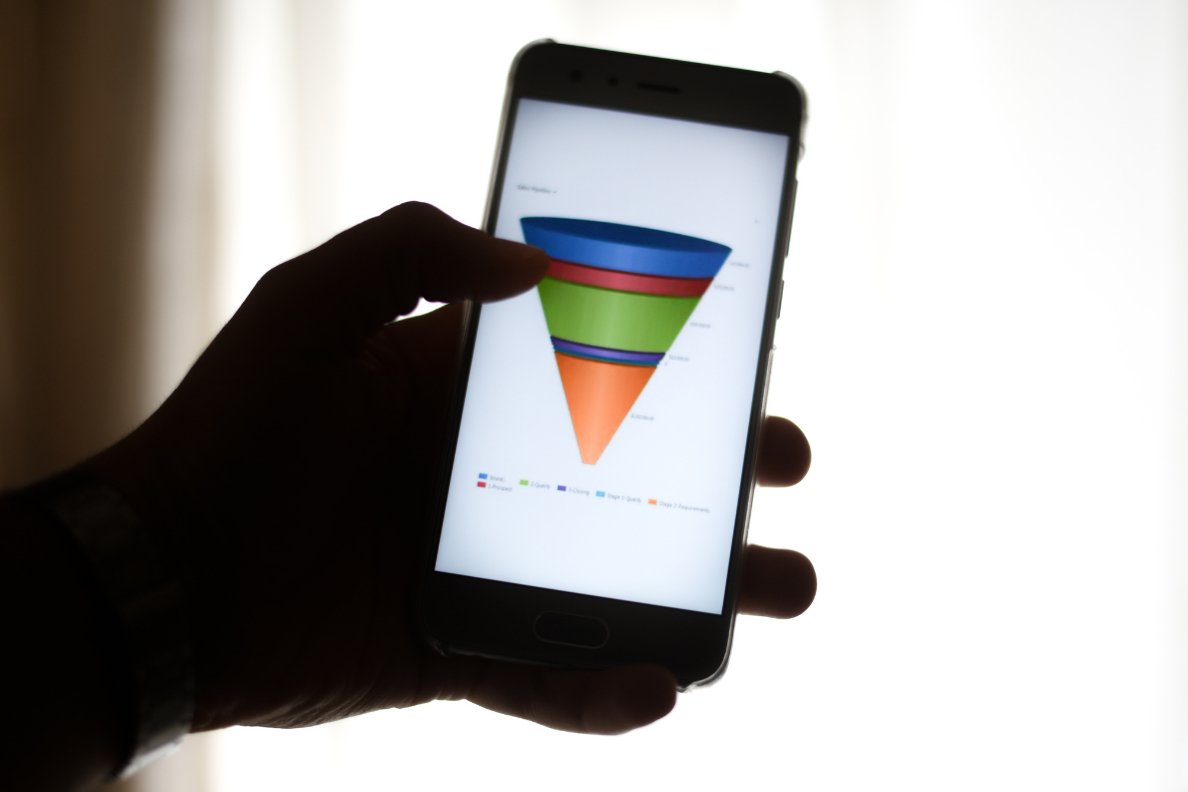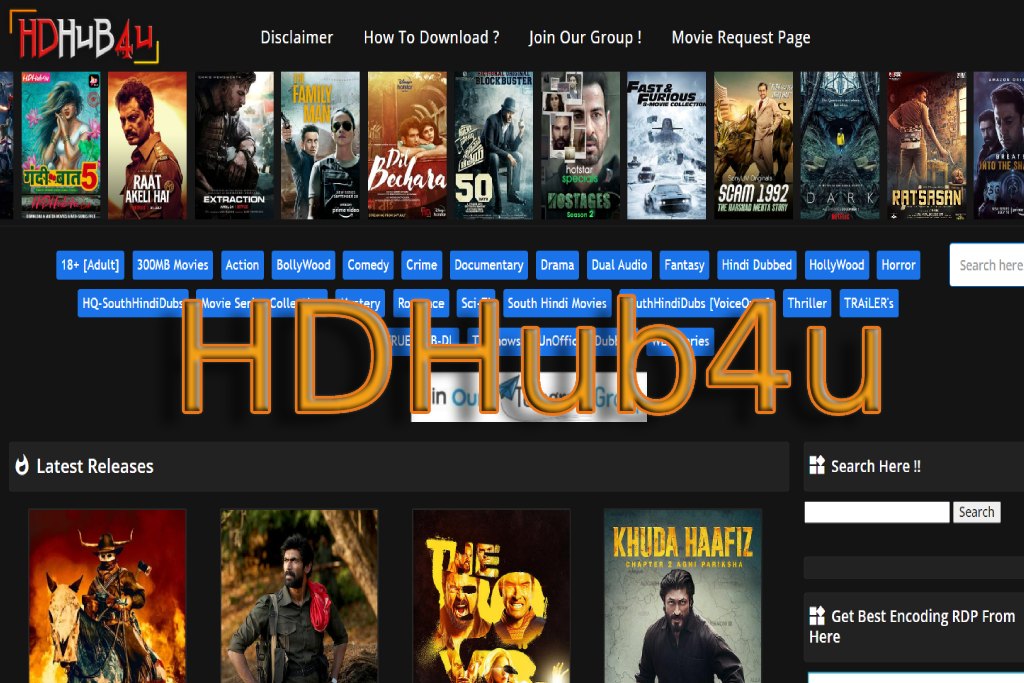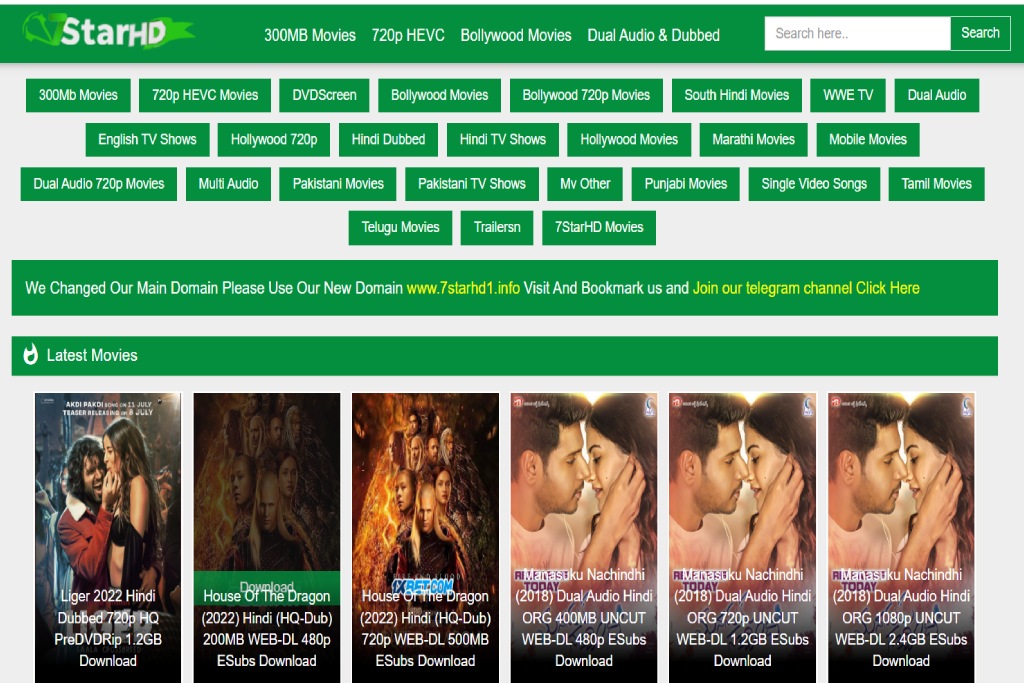How Do You Manage And Optimize A Sales Pipeline?

Helping to convert prospects into customers, the sales pipeline is of real importance. This tool is particularly useful for sales teams who must manage and track a large number of contacts. What is it exactly? How to create one? How to optimize the efficiency of your sales pipeline ? Check out our complete guide!
Table of Contents
How Do You Properly Manage Your Sales Pipeline?
Some companies skip setting up a commercial pipeline. However, this tool is essential for effective sales management.
Definition And Essential Components
Pipeline is an English term that refers to a process consisting of a series of actions that extend over time. All stages converge towards achieving the same specific objective. An example of a pipeline is the recruitment process at a company, starting with receiving an application and ending with hiring a new employee.
A commercial pipeline , also known as a commercial pipeline or even a sales pipeline, is a tool that allows you to visualize the purchasing journey of a prospect, from the first contact with the latter until the signing of the contract. It aims to advance sales opportunities by allowing sales teams to monitor the progress of prospects and deploy corrective actions if necessary.
Overall, a commercial pipeline consists of the following stages:
- Prospecting. It involves searching for people who are likely to want to use a product or service. Salespeople can use both inbound and outbound prospecting methods to gauge the interest of potential buyers;
- The qualification. It’s about creating the ideal customer profile. To do this, it is necessary to define various criteria to determine whether or not a prospect is a good fit for your business. This step is essential because it avoids wasting time with prospects who will never convert into customers;
- The encounter. Once uninteresting prospects have been ruled out, it is possible to draw up a list of relevant ones. All that remains is to schedule a meeting to offer them a demonstration of the product or service to be sold;
- Proposal. During this stage, a formal sales offer is sent to the prospect. It is essential that it is personalized and highlights the advantages it presents compared to the solutions offered by the competition;
- The negotiation. The prospect is likely to show reluctance or have additional demands. In this type of situation, adjusting prices or conditions of sale may, in particular, be considered to achieve an advantageous agreement for the different parties;
- The closing. This step corresponds to the conclusion of the contract. It is recommended to make it easier for future customers to sign, for example, by using electronic means;
- Customer follow-up and loyalty. New clients aspire to quality service during their onboarding and want to benefit from regular monitoring. It is essential to ensure these aspects are met to establish a lasting relationship with them.
Why Set Up A Commercial Pipeline?
Sales management involves a variety of daily tasks. Thanks to the sales pipeline, sales processes are broken down into several small tasks that are easier to monitor. Furthermore, this tool allows you to:
- Know what level of the sales process your prospects are at;
- Identify businesses that are at a standstill;
- Recognize the most income-generating activities;
- Determine when conversions fail;
- Manage the evolution of your prospects more effectively.
Without a sales pipeline, you will grope forward. In fact, you will not have information relating to the progress of your business.
How Does A Sales Pipeline Work?
The principle of a commercial pipeline is very simple. It provides a visual representation of how a prospect moves through the sales process. Let’s take the example of the sales pipeline of the Microsoft Dynamics 365 Sales sales CRM to better understand. This consists of four stages, namely:
- To qualify. This step makes it possible to determine whether a prospect meets the criteria defined to be qualified as a commercial opportunity;
- Develop. Here, the goal is to develop the relationship established with the qualified prospect and understand their specific needs more deeply;
- To propose. This phase corresponds to the creation and proposal of an offer based on the needs of the prospect;
- To enclose. This is the stage of finalizing the sale. It requires obtaining a formal agreement from the prospect.
Preliminary Steps To Create A Sales Pipeline
Know Your Customers And Your Market Inside Out
Above all, it is essential to understand the needs of your targets. This helps enormously when negotiating because you will know exactly what lever you need to pull to close a sale. You must also establish a solid sales pitch to convince prospects that your offer is the one that will best meet their needs.
Additionally, be sure to deepen your knowledge of your market before creating a sales pipeline. This way, you can focus your sales efforts on the most relevant opportunities to maximize your return on investment. You will also be able to adjust your strategy to offer a unique value proposition, allowing you to stand out from the competition.
Define Your Customers’ Purchasing Journey And Their Behaviors
Defining your customers’ purchasing journey is an essential step before creating a sales pipeline. This step helps personalize interactions, anticipate needs, and increase the chances of conversion.
On the other hand, it is essential to evaluate the time spent by prospects at each stage of the sales process. This will help you determine approximately how long it will take to convert them into customers.
At the same time, you will be able to make reliable predictions about the next steps, identify opportunities that are most likely to convert into transactions, and evaluate the average conversion rate.
Identify The Stages Of The Sales Pipeline And Align Your Sales Processes With It
The stages of your sales pipeline must align with your customers’ purchasing journey. These will be more numerous as the sales process takes longer. Generally, the steps are as follows:
- The contact between the prospect and your company. This can, for example, be done when opening an email, downloading, etc. ;
- Making an appointment. After being canvassed, the prospect can agree to a meeting to learn more about your offer;
- Sending the offer. Once the meeting is over, he will have all the information necessary to study your proposal and make his choice.
- Thereafter, you will either sign a deal, or it will be lost.
Also Read: Develop A Digital Prospecting Strategy






